
Hyundai Kona All-Electric SUV To Be Launched On July 9
- May 24, 2019
- Views : 13287

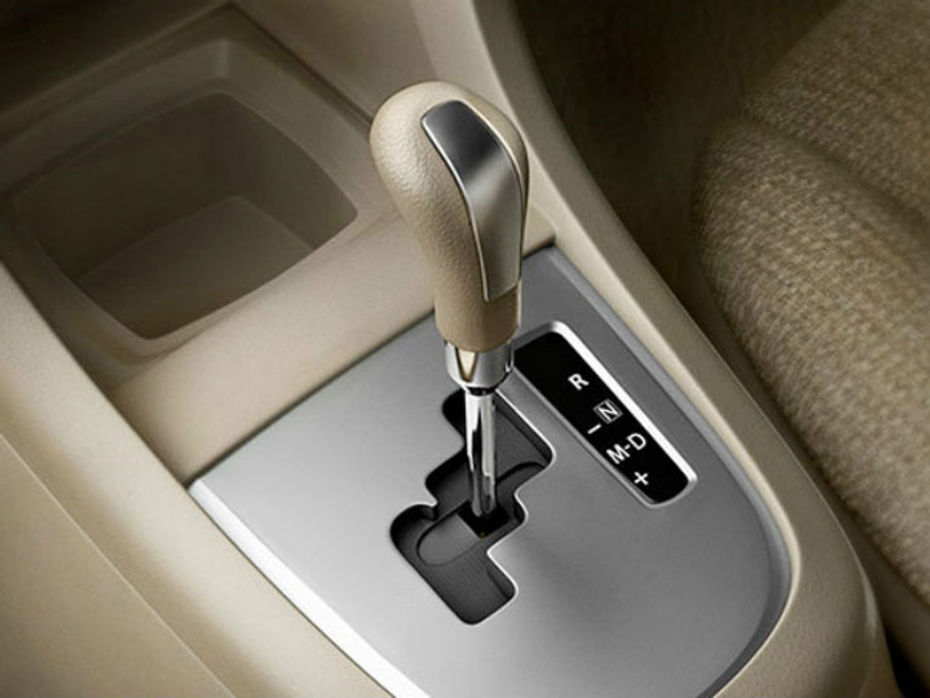
The automatic transmission has been in existence for ages. Back in the day, it used to be considered too expensive to buy, run and maintain. Since then, it has evolved. In today’s times, with the problem of overflowing traffic, the automatic gearbox is fast becoming a necessity.
Where before we used to have one or two choices when it came to automatic transmission types, now you have as many as four options to choose from within the Rs 10 lakh bracket. Here is a quick walkthrough of how these four automatic gearboxes differ, along with their advantages and drawbacks.
Traditional Automatic Transmission
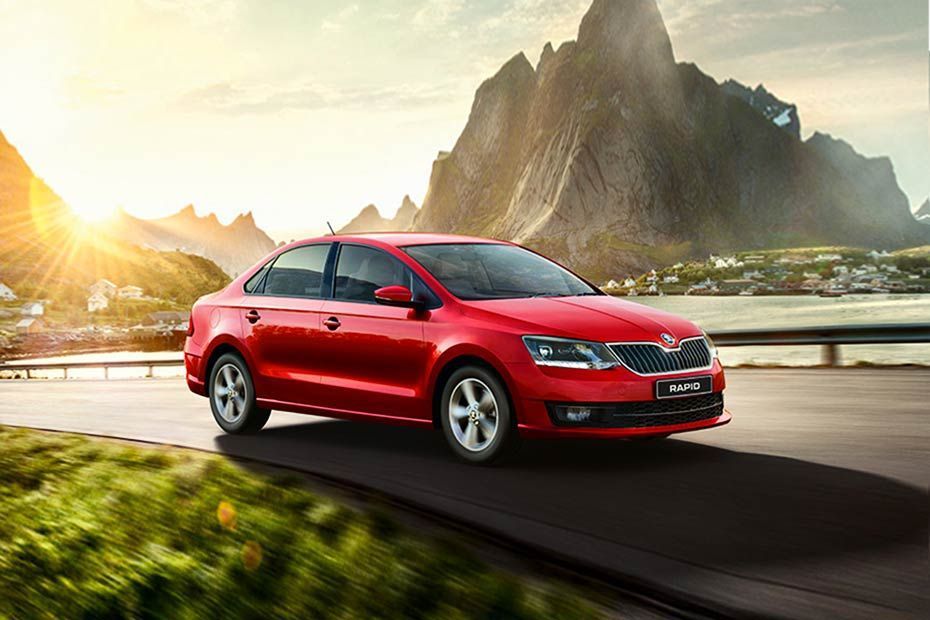
Also known as a torque-converter, this automatic transmission is one of the most common types of gearboxes that can be found on budget as well as expensive luxury cars. Instead of a clutch this gearbox uses a torque converter to spool up the power and it also has smooth and relatively quick gearshifts. The application for this gearbox is quite widespread. It is found on budget cars like the Hyundai Creta and Skoda Rapid Petrol and also on uber luxury cars like Rolls-Royces.
Pros:
Cons:
Automated Manual Transmission (AMT)
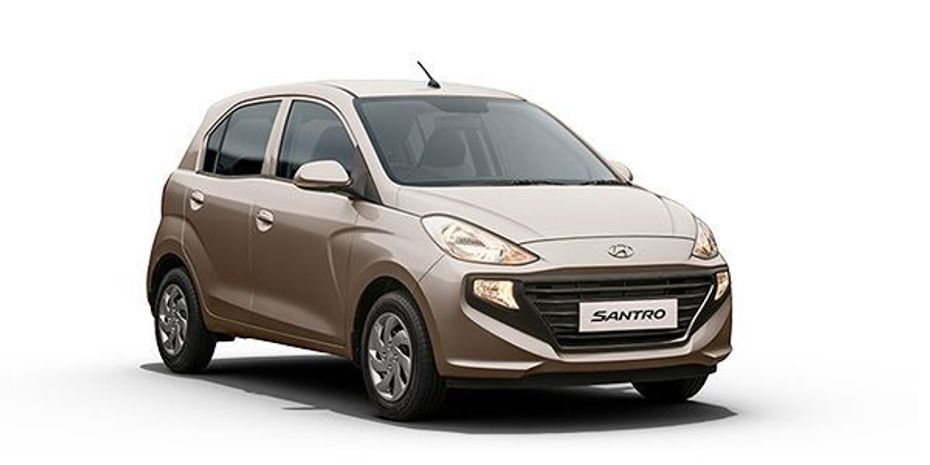
This transmission is the latest iteration of transmission development. This gearbox uses a regular clutch and gear configuration, but the gearshifts are done using sensors, hydraulic actuators and pneumatics when it comes to high-performance applications. Due to their cost effectiveness it is found in budget cars like the Hyundai Santro, Maruti WagonR, Maruti Swift and so on.
Pros:
Cons:
Continuously Variable Transmission (CVT)
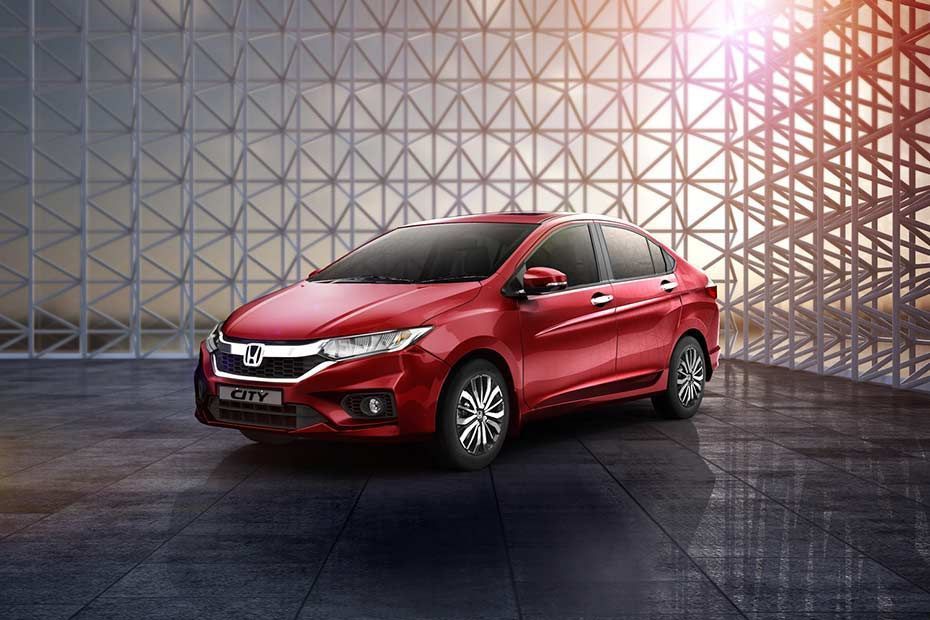
This type of automatic transmission uses pulleys or belts for gear shifting. The use of belts or pulleys instead of steel gears results in variable gear ratios dependent on engine speed or RPM. As a result this helps it deliver better fuel economy and a smooth and jerk-free drive. On the down side if you are an enthusiastic driver you will not like the transmission lag whenever you floor the throttle. Popular cars using CVTs include the Maruti Suzuki Baleno, Hyundai i20 and Honda City.
Pros:
Cons:
Dual-Clutch Transmission (DCT)
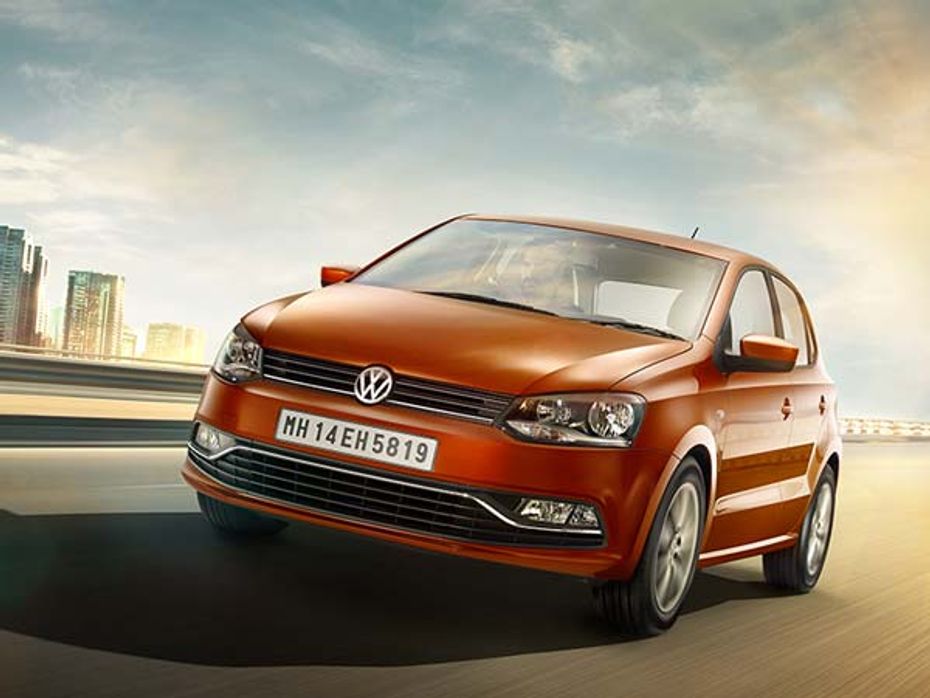
A dual-clutch transmission uses two separate shafts with their own clutches for gear shifts: one shaft for odd-numbered gears and the other for even-numbered gears. This type of automatic transmission is purely a performance-oriented transmission that also delivers good fuel efficiency but comes at a penalty of higher manufacturing cost. If a problem arises they are also expensive to maintain. This type of transmission has now found its way on more affordable cars like the VW Polo and the Skoda Octavia apart from their use in sports cars.
Pros:
Cons:
Now that we know about the various types of automatic transmissions, the dilemma now is which one of them would be the most preferable? Here are some criterias which differentiate these types of automatic transmissions over one another.
Cost and Maintenance-
AMT and traditional automatic transmission systems remain the most cost-effective and reliable transmission systems of the lot. Credit goes to its similarities with the manual transmission system in gearshifts.
Fuel-efficiency-
The CVT remains the most fuel efficient of the lot due to its use of belts and pulleys instead of gears, which leads to optimum torque. This is useful in stop and go situations during traffic.
Performance-
The DCT transmission with its more complex and seamless dual-clutch mechanism delivers pure performance in gearshifts. The DCT is ideal if you are looking for performance but the asking price is much higher.
Now that we have covered the ins and outs of the various automatic transmissions on offer, we hope this analysis gives you a clear picture and helps you choose your next automatic. Be it on the basis of performance, cost or fuel efficiency. To the average enthusiast, a manual might be his pride and joy but with the performance benefits and comfort of an automatic, it is slowly becoming the gearbox of choice.

Hyundai Kona All-Electric SUV To Be Launched On July 9

Hyundai Diesel Cars To Survive BS6 Implementation

2020 Land Rover Discovery Sport Makes Global Debut

Renault Megane R.S. Trophy-R Crowned The New FWD Nurburgring King

2025 Tata Tiago Vs Hyundai Grand i10 Nios: The Clash Of Updated...

New Kia Syros Takes On The Kia Carens: Features, Specifications, And...

Kia Syros vs Hyundai Exter: Two Distinctly Sized Korean SUVs Compared...

Is The Kia Syros More Compelling Than The Best-selling Hyundai Creta?

Kia Syros vs Maruti Brezza: Most Premium Sub-4m SUV Compared With The...

Kia Syros Vs Hyundai Venue: Korean Subcompact SUVs Compared
India's largest automotive community
 Here Are Some Adrenaline Pumping Experiences From Auto Expo 2025 That You Should Not Miss!
Here Are Some Adrenaline Pumping Experiences From Auto Expo 2025 That You Should Not Miss!
 All You Need To Know About The Surprise Element At Auto Expo 2025: BMW iX1 LWB
All You Need To Know About The Surprise Element At Auto Expo 2025: BMW iX1 LWB
 Hyundai Creta Electric Reaches Dealerships, Here’s A List Of Its Pros And Cons Before You Check It Out!
Hyundai Creta Electric Reaches Dealerships, Here’s A List Of Its Pros And Cons Before You Check It Out!
 MG Showcases A PHEV At Auto Expo 2025: The MG HS PHEV
MG Showcases A PHEV At Auto Expo 2025: The MG HS PHEV
 Vayve Mobility Eva
Rs. 3.25 Lakh
Vayve Mobility Eva
Rs. 3.25 Lakh
 BMW X3
Rs. 75.80 Lakh
BMW X3
Rs. 75.80 Lakh
 Hyundai Creta Electric
Rs. 17.99 Lakh
Hyundai Creta Electric
Rs. 17.99 Lakh
 Lotus Emira
Rs. 3.22 Crore
Lotus Emira
Rs. 3.22 Crore
 Lotus Emeya
Rs. 2.33 Crore
Lotus Emeya
Rs. 2.33 Crore